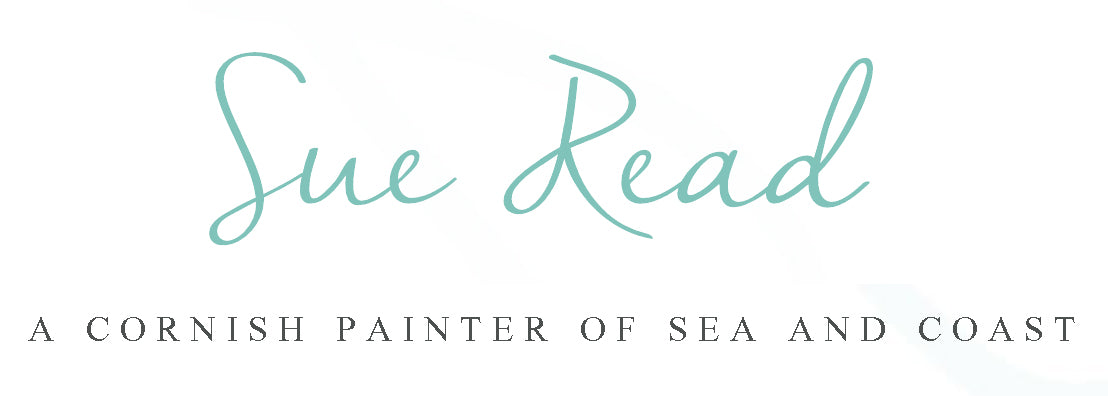Colour of the Cornish Hedge
There are no photographs to accompany this post. Sorry! – but for me there is a reason. The next time you are travelling along a cornish lane or indeed any country lane in winter, look for the colour and the change of colour in different lights. You will see blues, browns, burgundys and greens in all shades.
I tried taking photographs. It may be the shortcomings of my camera or my lack of knowledge when using it, but all the colours I can see are lost in the image. So the only image I can work from is the one in my head. As an artist, I am able to distinguish the different blues or siennas, and know which colours to mix to get a specific colour, so I now travel with a pad and pen in the glovebox of my van so that I can instantly make notes for future reference.
The gorse in the Cornish hedge comes and goes all year round, due to the mildness of our climate here. The sulphurous yellow is so vibrant and saturated. It is pure lemon yellow with hints of cadmium yellow to give it depth. Where the light catches the hedges, it reflects and bounces light around, off the tangle of branches, twigs and brambles in a dazzling array of siennas and grey blues. Whilst the outer edges and tops are mostly yellow ochres and raw siennas, the darker inner hedge is a mix of burnt sienna, burnt and raw umber and the whole spectrum of blues to give an endless variety of what the most people would term “brown”. But these browns have a richness unsurpassed by any generic brown.
This way of looking at the colour also applies to the greens. I never use the already mixed “leaf green” or “phalto green” which are very bright and harsh. I prefer to mix my own which have a natural softness where you can add light or dull it down, where it reflects or absorbs light. This gives a painting harmony and is probably why a landscape painting holds the eye as the brain and eye are revelling in the optical melee of wonderful colour.
